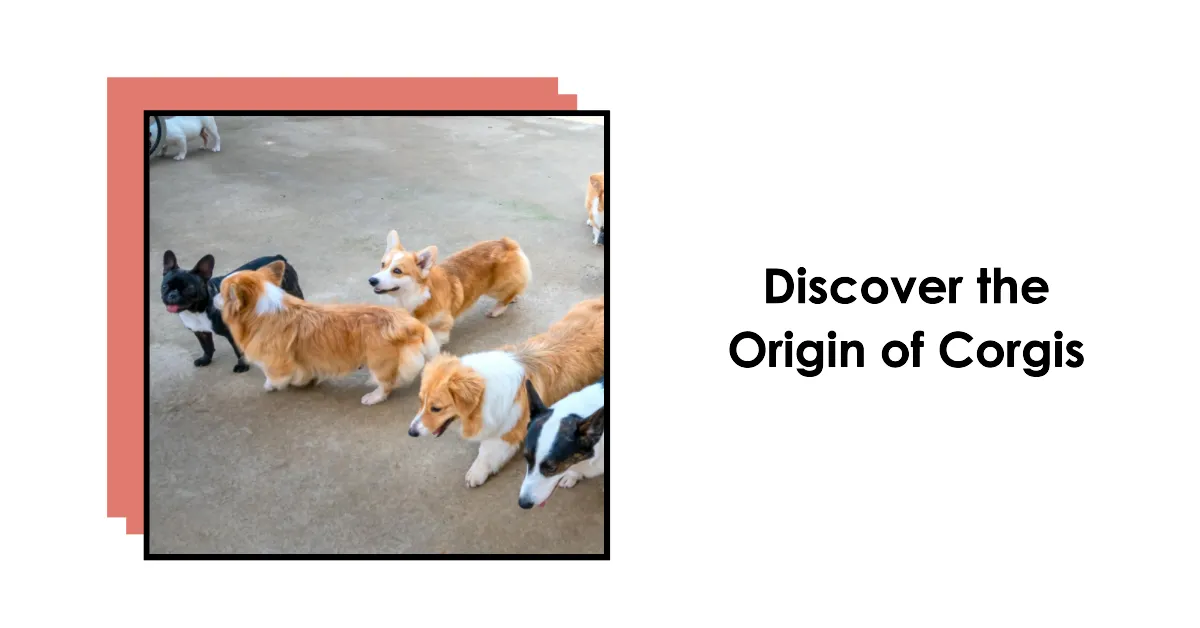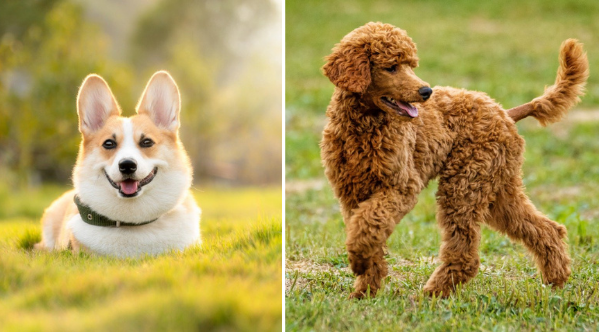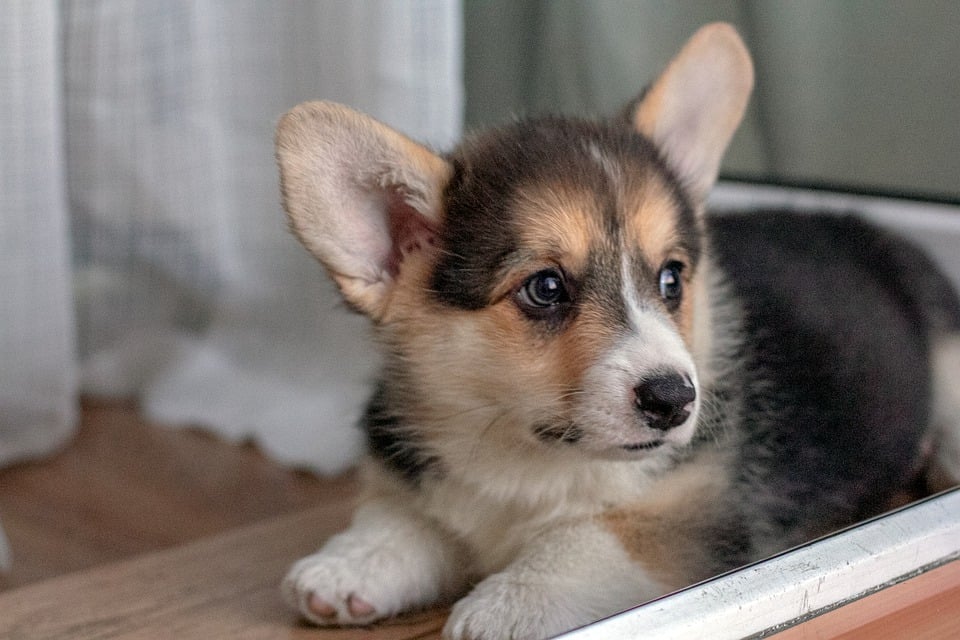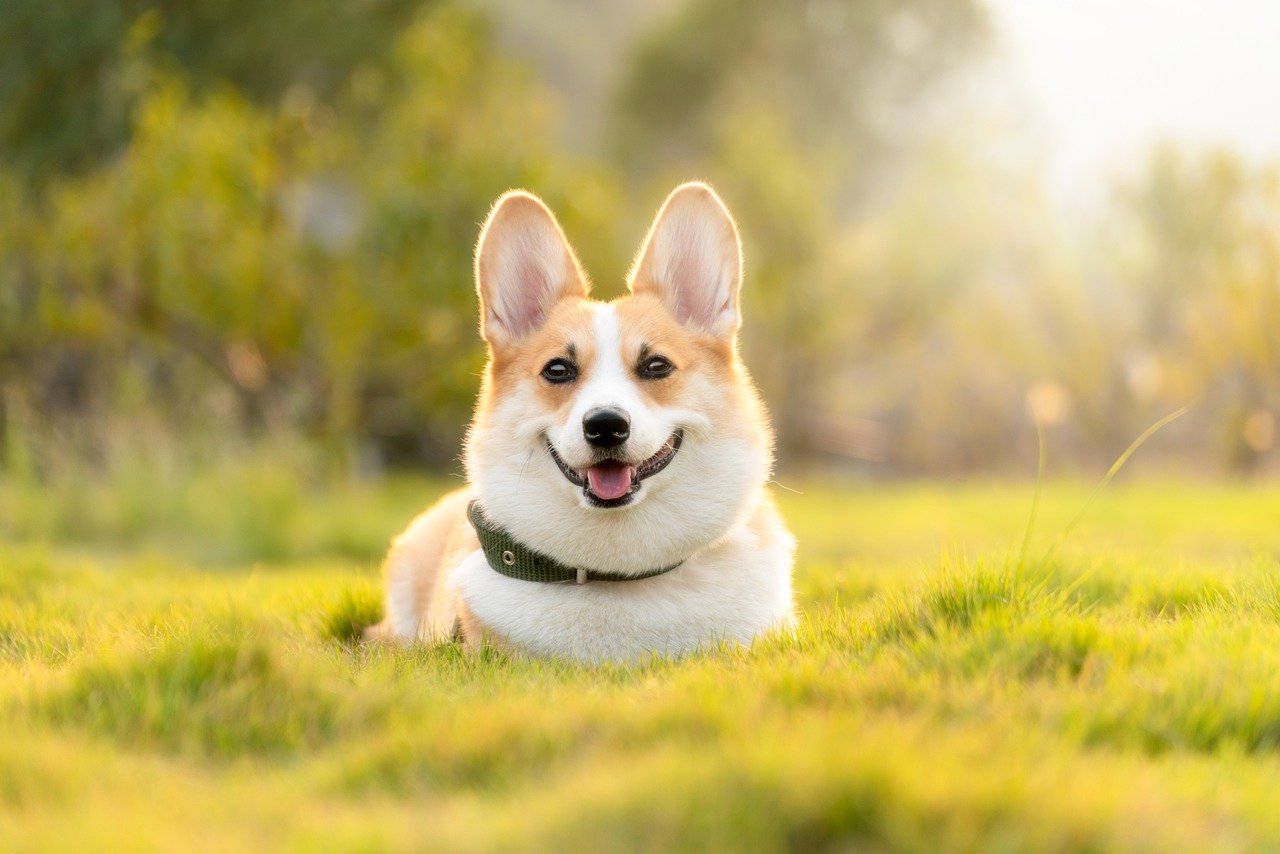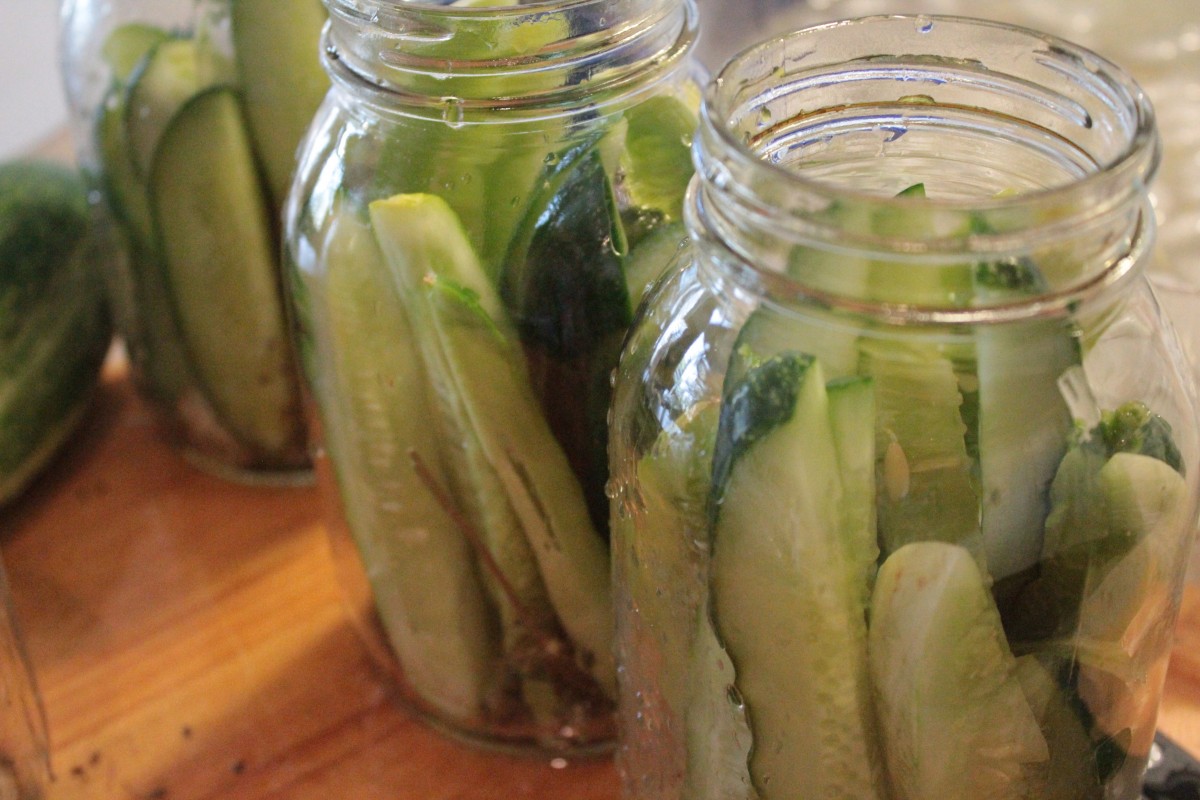Corgi Weight by Age (and Growth)
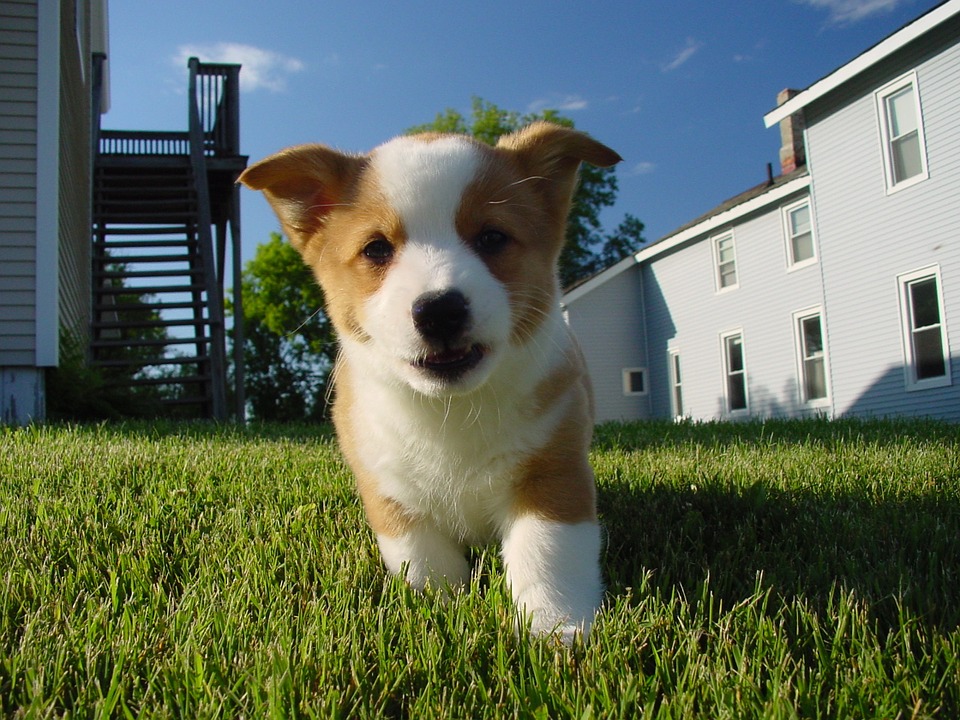
Introduction
Every categorization has a role to play. Let us begin from the very first instance. Not all dogs have the same healthy weight. The same goes for the various domesticated and stray breeds as well. In some cases, even breeds are classified into two or more types based on place of origin and the hybrid variety. The same is the case with Corgis. It cannot be a simple number that fits well for all Corgis. There are two types, and both of them have a completely different physique. The two types are Cardigan Corgis and Pembroke Corgis. As mentioned before, this classification is based on their natural habitat or the place where the original breeds were combined for the first time. The same goes for height and other growth parameters as well. No list can be foolproof or exhaustive as far as dogs’ growth is concerned.
The Journey from a Nascent Baby Corgi to a Nice Old Pup
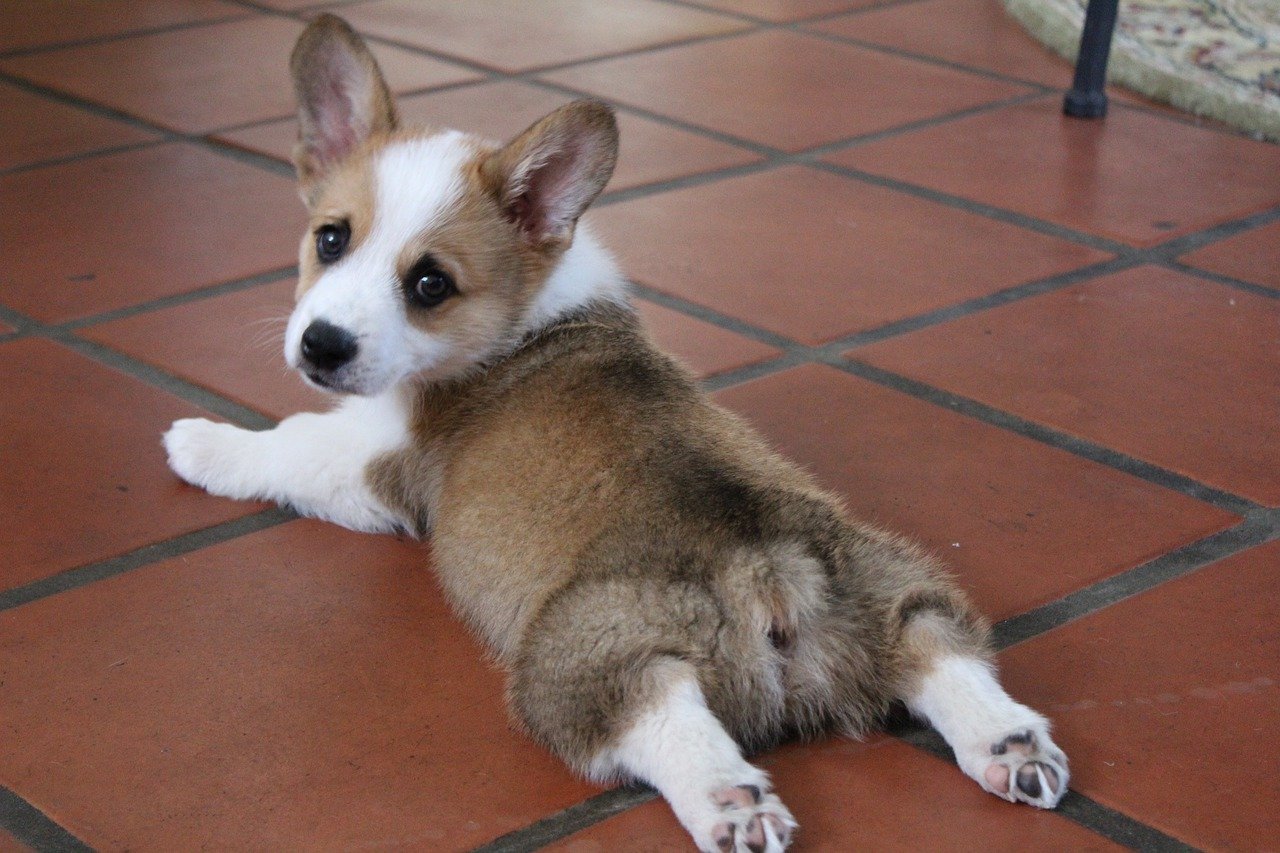
A lot of care and affection is required while the baby is growing up. In case the owner has rescued a newborn Corgi, upbringing might be a really difficult process. Try to keep the little one away from possible predators as it would be unable to safeguard itself. During the initial years of growth, the tail develops or is docked early on. There is no scientifically proven reason behind this practice. In certain cases, vaccination begins as soon as one month. All these activities make the early years even more important for your growing Corgi.
Transformation into an Adult Corgi
In other words, a super cute transformation. Why is this so? A Corgi does not grow into a large and muscular dog. It simply puts on some weight, reaches its average height, and continues to grow more adorable as time passes. Though weight training is possible, it is a better option to let your cute Corgi thrive in its natural shape and size. Exercise is vital to maintain active conditions but make sure it does not put excessive pressure on the pup’s legs. The owner must ensure that the dog is regularly hydrated during these years as the playful nature kicks in.
Does Growth Really Stop?
This depends, to a considerable extent, on their parents. Pembrokes stop growing as soon as they hit the age of one year. On the other hand, Cardigans continue to build muscles till three or four years of age. As far as growth in terms of height is concerned, they will never be “too tall” like some other breeds. You Corgi can stay fit and agile if given proper training. If the dog stops growing, it should not be taken as an indication of a reduction in daily activities. The factors causing hindrance in growth vary from breed to breed, and in some instances, from region to region.
The Final Years
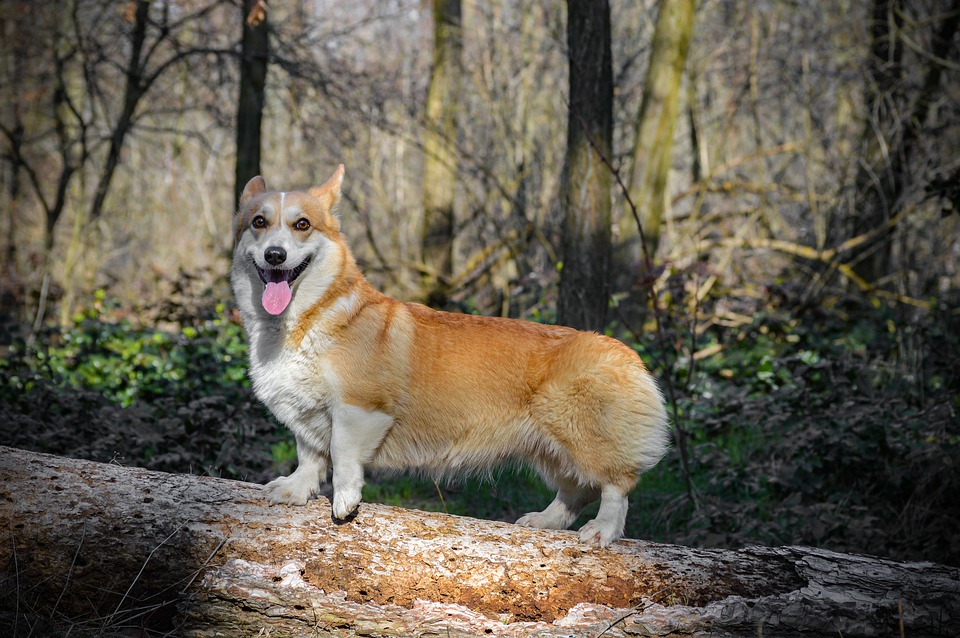
If your once active pet is not moving for several days, it is time to contact the vet. A gain in weight is easily visible. The owner must be mindful of any changes in eating habits or mood swings. Other signs which indicate that your dog is unhealthy to include constant barking and refusal to do the usual chores. At times, the pet might go completely mute if the ailment comes with a lot of aches, which surely troubles the dog a lot. Do not wait till things worsen beyond manageable extent. Post this, adhere to the doctor’s guidelines as much as possible.
All You Need to Know About Weight
It is as simple (or complicated) as maintaining weight in humans. This does not mean that the dietary needs of Corgis match that of humans. It is a simple analogy to make new owners understand that it is not impossible for Corgis to put on a considerable amount of weight or lose a few pounds, as per the need. Some people believe that lazy Corgis are prone to get obese with time. Regarding diseases, obesity increases the risk of joint deformities and other related issues. Therefore, it is even more essential to maintain weight throughout. How to do so? There is a single practical tip – exercise. Yes, dogs need to exercise a lot. Simply taking your Corgi on a walk does not ensure maintenance of weight, so make sure to include an exercise schedule as well. Playing with balls is not much reliable in this case.
How to Maintain Weight?
A Corgi might put on weight due to the chicken-rich diet it loves to have. However, one cannot simply cut down on food since the dog needs to stay in shape to avoid fatal and painful diseases. Burning calories is difficult but not impossible. Corgis love to snack as well. This fact makes it even easier to assume that they might put on weight quite easily. Providing your dog with human food is not a bad idea, though this practice should occasionally be followed. Dog-friendly food is essential for their digestive system to work correctly and swiftly. Obese dogs might become lazy and idle with time. If you wish to have fun with your dog for a longer time, ensure that they are healthy and not obese.
Conclusion
Having a dog has its perks and downfalls. The health of your canine is of utmost importance. Be it early on or in the later years, one must take care of the Corgi’s weight irrespective of its health. Therefore, it is essential to maintain a comprehensive health record. Even if all other parameters are satisfactory to a considerable extent, make sure regular exercise is ensured. The pup might engage in a sedentary lifestyle owing to innate laziness. Still, it is the owner’s responsibility to check on all these and other related activities. Do not solely rely on vaccination as the dog might develop diseases known to hit corgis at different stages of life. Beware of any allergies as well.

